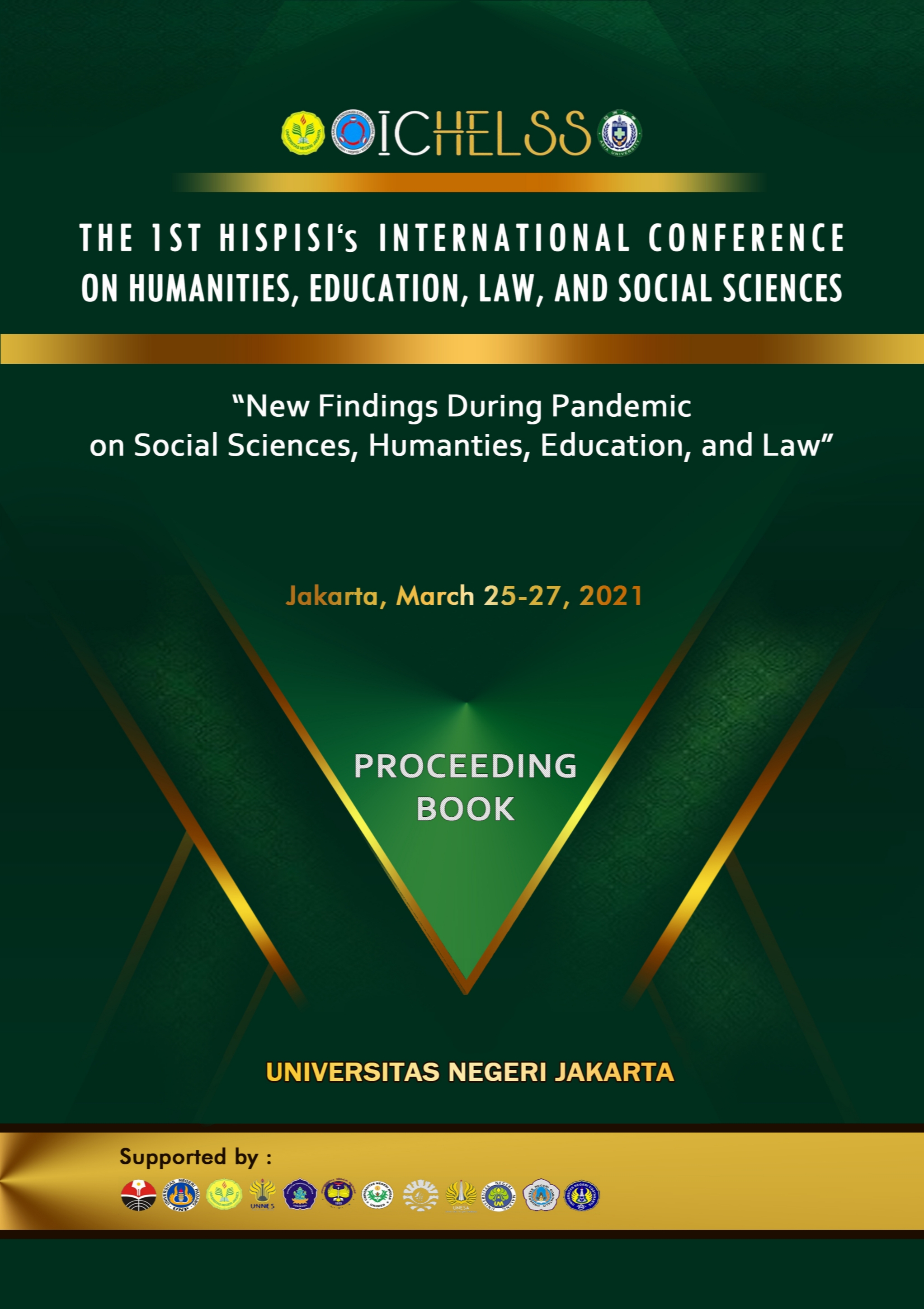Flipped Classroom Model of Blended Learning: Best Practices to Improve the Quality of English Language Teaching
Abstract
Since the COVID-19 pandemic, the current education system has become very dependent on technology and the internet. The learning process, which is usually done face-to-face in the classroom, is now fully face-to-face learning in the virtual classroom. Teachers are only motivators and facilitate students by utilizing technology and the internet to access learning materials and resources from anywhere, anytime, with anyone, and anything by using online or e-learning. Online or e-learning is one of the alternatives in education that utilizes technology and the internet in the learning process, including the flipped classroom which includes in one type station rotation of blended learning model by inverting between student activities at school and home. Students can decide when and where they want to access online material that will be material in face-to-face class meetings. The use of flipped classrooms in teaching English was made students more active and increase students' understanding which also has implications for improving students learning outcomes and the quality of English Language Teaching.
Keywords: Station rotation, Blended learning, Flipped classroom, English language teaching


